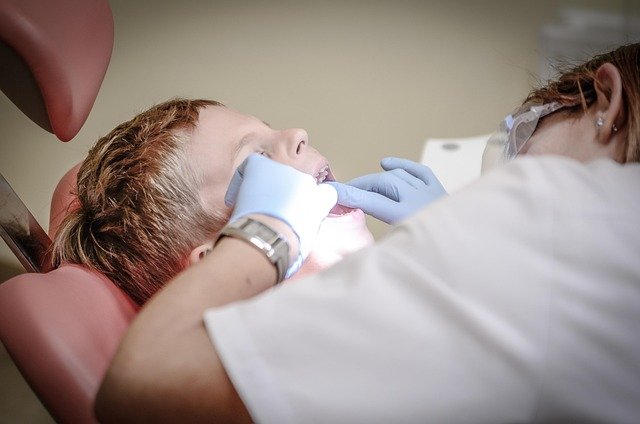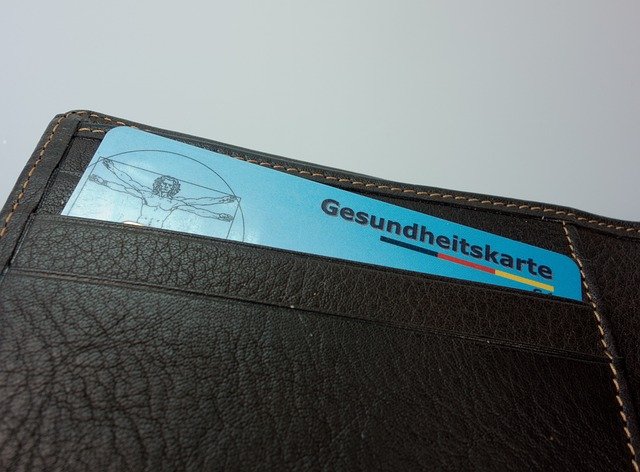Reimagining the Future of Car Safety: The Role of Augmented Reality
The automotive industry is increasingly looking to the future, and a key player in this forward-looking vision is augmented reality (AR). As a concept that was once limited to the realms of science fiction, AR has come a long way and is now on the brink of revolutionizing car safety.

The Advent of Augmented Reality in Automotive Safety
In the 1960s, the idea of augmented reality was still a distant dream, a concept relegated to the pages of science fiction novels. Today, AR technology has become a tangible reality, and its applications are far-reaching. In the automotive industry, AR has emerged as a powerful tool that holds the potential to significantly enhance car safety.
The foundation of AR lies in its ability to overlay digital information onto the real world, creating an interactive and immersive experience. In the context of car safety, this could mean projecting navigation directions onto the windshield, alerting drivers to potential hazards, or even providing real-time updates on traffic conditions.
The Present Landscape: AR in Today’s Automotive Industry
The application of AR in car safety is no longer just a concept—it’s happening right now. Companies like BMW and Volvo have begun integrating AR into their vehicles, offering features like head-up displays that project vital information onto the windshield, thereby reducing the need for drivers to take their eyes off the road.
Meanwhile, tech giants like Google and Apple are entering the automotive AR space, developing platforms that allow developers to create AR applications specifically for use in vehicles. These platforms could potentially lead to an explosion of AR-driven car safety features in the near future.
The Impact of AR on Car Safety: A Game-Changer?
The integration of AR into car safety systems could have far-reaching implications. By providing drivers with real-time, context-aware information, AR has the potential to significantly reduce the risk of accidents. For instance, AR could alert drivers to a pedestrian stepping onto the road, even if the pedestrian is not directly in the driver’s line of sight.
However, the integration of AR into car safety systems also poses challenges. There are concerns about potential distractions and the reliability of the technology. Furthermore, the cost of AR systems could make them inaccessible to many drivers, at least in the short term.
Looking Ahead: The Future of AR in Car Safety
Despite these challenges, the potential benefits of AR in car safety are too significant to ignore. As the technology continues to evolve and become more affordable, it’s likely that we’ll see an increasing number of vehicles equipped with AR safety features.
Moreover, as self-driving technology continues to develop, AR could play a crucial role in facilitating communication between autonomous vehicles and human drivers. This could lead to a new era of car safety, where accidents are significantly reduced, and driving becomes a safer, more enjoyable experience.
In conclusion, while there are still hurdles to overcome, the future of AR in car safety looks promising. As we move forward, we can expect to see AR becoming an integral part of our driving experience, reimagining car safety and bringing us closer to a future where accidents are the exception, not the rule.




